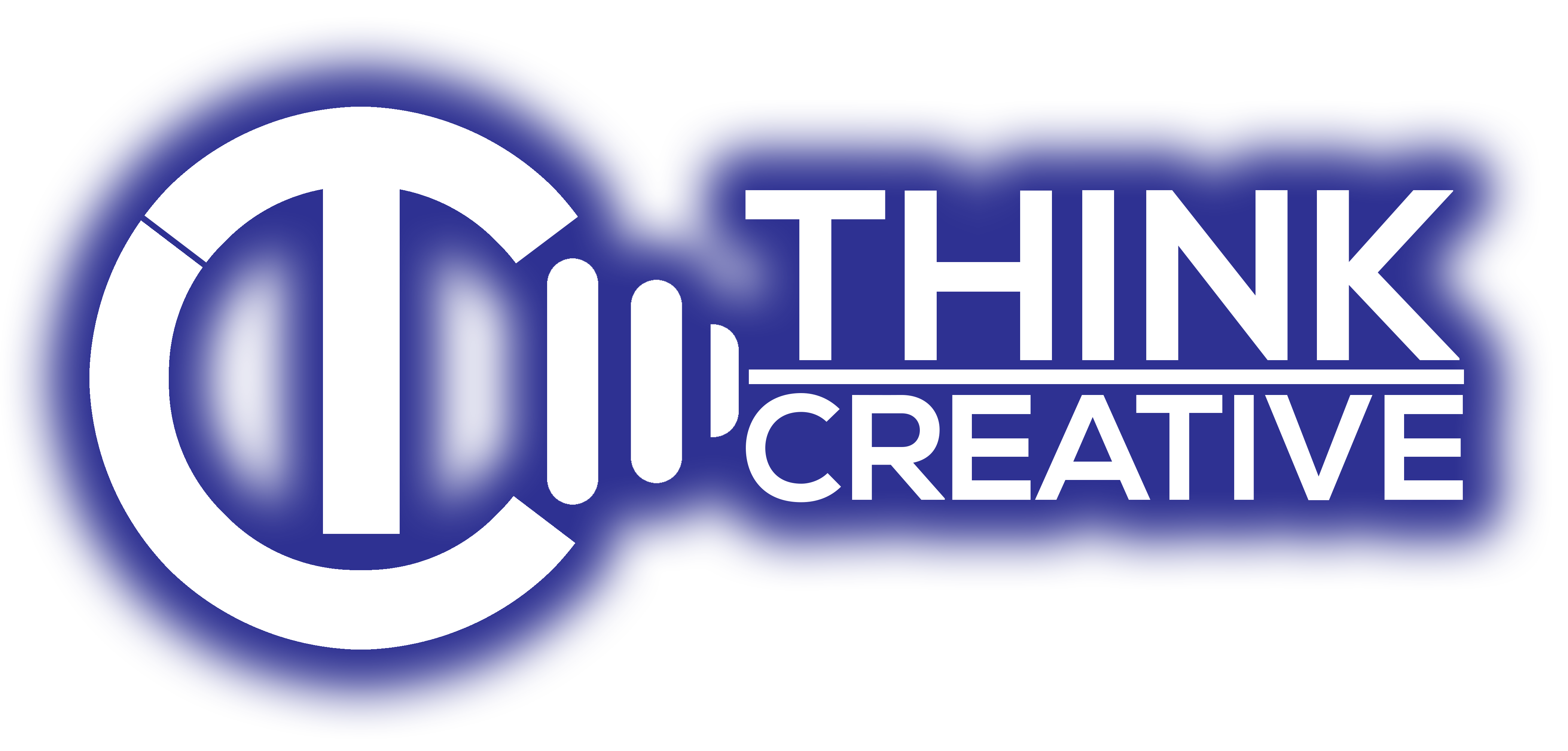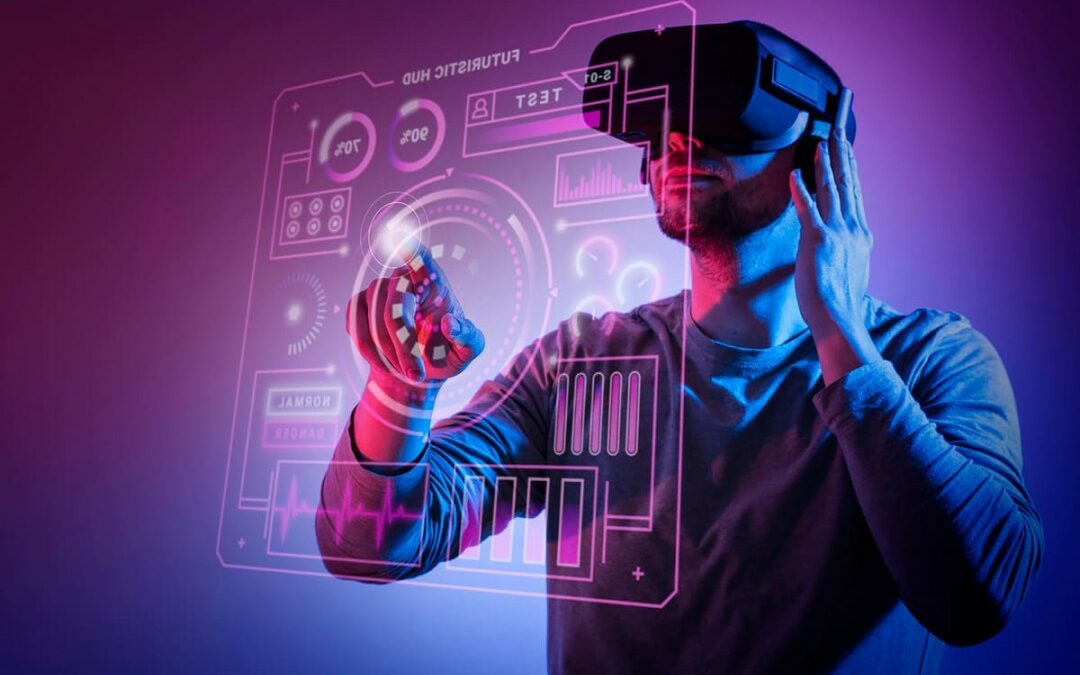The field of graphic design is undergoing a rapid transformation, driven by technological advancements and evolving aesthetic sensibilities. As we look towards the future, several innovative trends are emerging that promise to reshape how we approach and experience design. In this blog, we will explore these cutting-edge trends and their potential impact on the industry.
1. Augmented Reality (AR) and Virtual Reality (VR)
AR in Graphic Design
Augmented Reality (AR) is enhancing the way we interact with visual content by overlaying digital elements onto the physical world. This technology allows designers to create interactive experiences that engage users in unique ways. For example, AR can bring posters to life with animations or provide additional information on packaging when viewed through a smartphone or AR glasses. This trend is set to revolutionize advertising, marketing, and user experience design.
VR in Graphic Design
Virtual Reality (VR) creates entirely immersive digital environments, offering designers the opportunity to craft 3D spaces that users can explore. This trend is particularly influential in industries like gaming, architecture, and education. VR enables designers to build interactive environments that provide a deeper level of engagement and interaction, transforming how we experience digital content.
2. Artificial Intelligence (AI) and Machine Learning
AI-Generated Designs
Artificial Intelligence (AI) is becoming a powerful tool in graphic design, automating routine tasks and generating creative content. AI-powered tools like Adobe Sensei assist with photo editing, layout generation, and even content creation. By analyzing design trends and user preferences, AI can produce customized visuals, allowing designers to focus on more complex and innovative aspects of their work.
Machine Learning for Personalization
Machine Learning (ML) enables highly personalized design experiences by analyzing user data to tailor content to individual preferences. This is particularly useful in marketing and advertising, where personalized visuals can significantly increase engagement and conversion rates. For instance, dynamic ads that adjust content based on user behavior are becoming more prevalent, enhancing the effectiveness of marketing campaigns.
3. Sustainable and Eco-Friendly Design
Green Design Principles
Sustainability is becoming a crucial consideration in graphic design. Eco-friendly practices, such as using sustainable materials and minimizing waste, are gaining traction. Designers are increasingly opting for digital formats over print to reduce environmental impact. When print is necessary, choosing recycled paper and eco-friendly inks can make a significant difference.
Minimalism and Longevity
Sustainable design also emphasizes minimalism and longevity. By creating timeless designs that do not rely on fleeting trends, designers can reduce the need for constant updates and replacements. This approach benefits the environment and creates more enduring and impactful visual identities.
4. 3D Design and Typography
3D Elements in Design
3D design is no longer limited to animation and gaming; it is making its way into mainstream graphic design, adding depth and realism to visual content. From 3D logos to intricate illustrations, these elements create more immersive and engaging user experiences. Advances in software tools like Blender and Cinema 4D have made 3D design more accessible to graphic designers.
3D Typography
Typography is evolving with the integration of 3D elements, adding a new dimension to text and making it stand out. This trend is particularly effective in digital media, where dynamic and interactive elements can enhance user engagement. Designers are experimenting with shadows, textures, and animations to create visually stunning type treatments.
5. Variable Fonts and Responsive Design
Variable Fonts
Variable fonts are revolutionizing typography by allowing a single font file to contain multiple styles and weights. This flexibility enables designers to create more dynamic and responsive designs. Variable fonts can adapt to different screen sizes and resolutions, ensuring optimal readability and aesthetics across devices.
Responsive Design
Responsive design continues to be vital, especially as mobile usage increases. Ensuring that designs look great on all devices requires flexible and adaptive layouts. This trend emphasizes user-centered design, focusing on creating seamless experiences regardless of the device being used.
6. Experimental and Inclusive Design
Breaking the Rules
Experimental design pushes boundaries and breaks traditional rules, encouraging designers to explore unconventional layouts, color schemes, and typography. This trend aims to create unique and memorable visuals, often incorporating elements of chaos and unpredictability. Experimental design challenges traditional notions of balance and harmony, offering a fresh perspective on visual communication.
Inclusive Design
Inclusive design ensures that visual content is accessible to everyone, regardless of their abilities or disabilities. This trend focuses on creating designs usable by people with visual, auditory, cognitive, or motor impairments. Techniques such as high-contrast color schemes, readable fonts, and alternative text descriptions are becoming standard practices. Inclusive design broadens the audience and promotes social responsibility.
Conclusion
The future of graphic design is bright and full of exciting possibilities. Technologies like AR, VR, AI, and 3D design open new creative avenues for designers, while sustainable and inclusive practices reshape the industry’s approach to creating visual content. By staying abreast of these trends, designers can create impactful, engaging, and forward-thinking work that meets the demands of a rapidly changing world.


Recent Comments